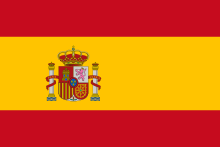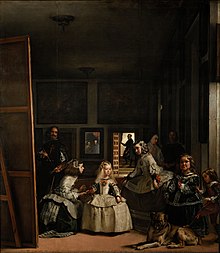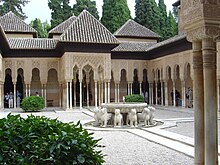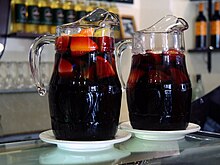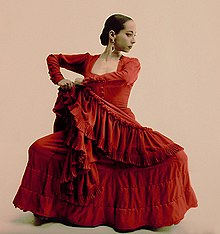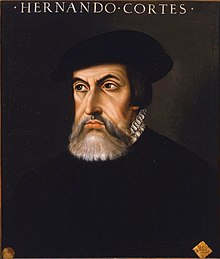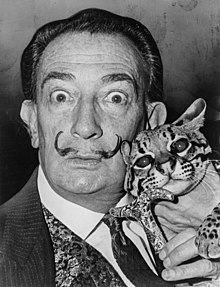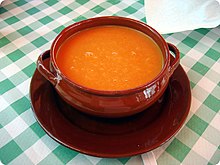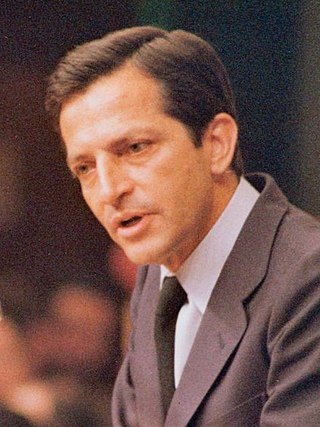
Adolfo Suárez González, 1st Duke of Suárez was a Spanish lawyer and politician. Suárez was Spain's first democratically elected prime minister since the Second Spanish Republic and a key figure in the country's transition to democracy after the dictatorship of Francisco Franco.

The Spanish Golden Age is a period of flourishing in arts and literature in Spain, coinciding with the political rise of the Spanish Empire under the Catholic Monarchs of Spain and the Spanish Habsburgs. The greatest patron of Spanish art and culture during this period was King Philip II (1556–1598), whose royal palace, El Escorial, invited the attention of some of Europe's greatest architects and painters such as El Greco, who infused Spanish art with foreign styles and helped create a uniquely Spanish style of painting. It is associated with the reigns of Isabella I, Ferdinand II, Charles V, Philip II, Philip III, and Philip IV, when Spain was one of the most powerful countries in the world.

Fernando Fernández Gómez better known as Fernando Fernán Gómez was a Spanish actor, screenwriter, film director, theater director and member of the Royal Spanish Academy for seven years. He was born in Peru while his mother, Spanish actress Carola Fernán-Gómez, was making a tour in Latin America. He would later use her surname for his stage name when he moved to Spain in 1924.

Juan de Herrera was a Spanish architect, mathematician and geometrician.

The Archdiocese of Seville is part of the Catholic Church in Seville, Spain. The Diocese of Seville was founded in the 3rd century. It was raised to the level of an archdiocese in the 4th century. The current archbishop is José Ángel Saiz Meneses. It has the suffragan dioceses of:

Antonio Fernández Resines professionally known as Antonio Resines, is a Spanish film and television actor known for his performance in comedy films and series.
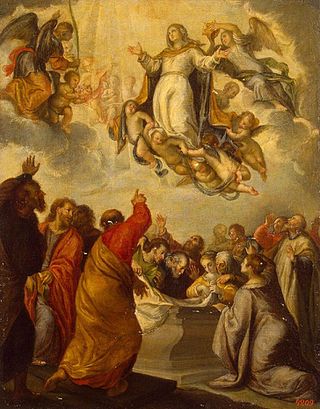
Francisco Camilo was a Spanish painter, the son of an Italian immigrant who had settled in Madrid. When his father died, his mother remarried, and Camilo became the stepson of the painter Pedro de las Cuevas.
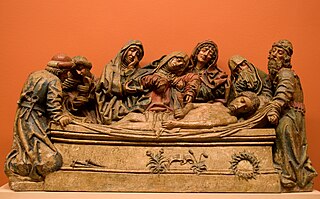
The Sevillian school of sculpture—the tradition of Christian religious sculpture in Seville, Andalusia, Spain—began in the 13th century, formed a clear tradition of its own in the 16th century, and continues into the present. The sculptures are generally worked in wood in a technique known as encarnación.
The National Exhibition of Fine Arts was a regular event that took place in Spain from 1856 to 1968; usually in Madrid. These exhibitions were in the form of a competition, established by a Royal Decree from Queen Isabella II in 1853. It was the largest official exhibition of Spanish art.

Count of Chinchón is a title of Spanish nobility. It was initially created on 9 May 1520 by King Charles V, Holy Roman Emperor, who granted the title to Fernando de Cabrera y Bobadilla.

Philip of Castile was an Infante of Castile and son of Ferdinand III, King of Castile and León, and his first queen, Beatrice of Swabia. He was Lord of Valdecorneja, and, according to some sources, Knight of the Order of the Temple, in one of those churches, the Church of Santa María la Blanca in Villalcázar de Sirga, he was buried in a coffin adorned with emblems of the Templars.

Dawn of America is a 1951 Spanish historical adventure film directed by Juan de Orduña and starring Antonio Vilar, María Martín and José Suárez. The film depicts the discovery of the Americas by Christopher Columbus in the late fifteenth century.
Un rostro en mi pasado is a Mexican telenovela produced by Ernesto Alonso for Televisa in 1989. Based on the Mexican telenovela produced in 1960 Un rostro en el pasado.

The architecture of Madrid has preserved the look and feel of many of its historic neighbourhoods and streets, even though Madrid possesses a modern infrastructure. Its landmarks include the Royal Palace of Madrid, the Royal Theatre with its restored 1850 Opera House, the Buen Retiro Park, the 19th-century National Library building containing some of Spain's historical archives, a large number of national museums, and the Golden Triangle of Art located along the Paseo del Prado and comprising three art museums: Prado Museum, the Reina Sofía Museum, and the Thyssen-Bornemisza Museum, which completes the shortcomings of the other two museums. Cibeles Palace and Fountain have become the monument symbol of the city.

El ministerio del tiempo is a Spanish fantasy television series created by Javier and Pablo Olivares and produced by Onza Partners and Cliffhanger for Televisión Española (TVE). It premiered on 24 February 2015 on TVE's main channel La 1. The series follows the exploits of an investigative team in the fictional Ministry of Time, which deals with incidents caused by time travel that can cause changes to the present day.
The Cancionero de Segovia or Cancionero Musical de Segovia (CMS), also known as Cancionero of the Segovia Cathedral, is a manuscript containing Renaissance music from the end of the 15th century and beginning of the 16th century. It contains a wide repertoire of works by mainly Spanish, French and Franco-Flemish composers. It is kept at the Segovia Cathedral Archives.
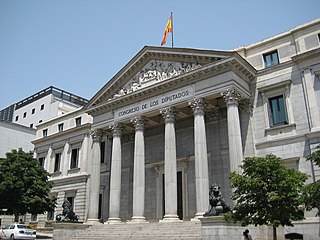
The 14th Congress of Deputies is the current meeting of the Congress of Deputies, the lower house of the Spanish Cortes Generales, with the membership determined by the results of the general election held on 10 November 2019. The congress met for the first time on 3 December 2019. According to the Constitution of Spain the maximum legislative term of the congress is 4 years from the preceding election.
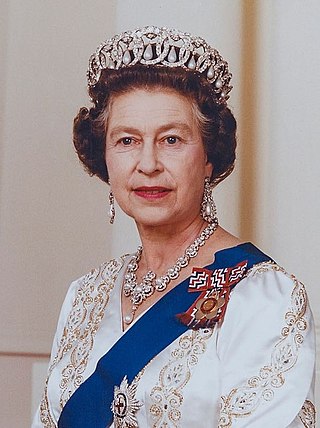
Queen Elizabeth II of the United Kingdom of Great Britain and Northern Ireland made a state visit to the Kingdom of Spain from 17 to 21 October 1988. It was the first official visit by a British monarch to Spain, and came two years after King Juan Carlos I made the first official visit by a Spanish monarch in 80 years to the United Kingdom. It was the Queen's only official visit to Spain; relations between the two kingdoms had been fraught by Britain's presence in Gibraltar.
